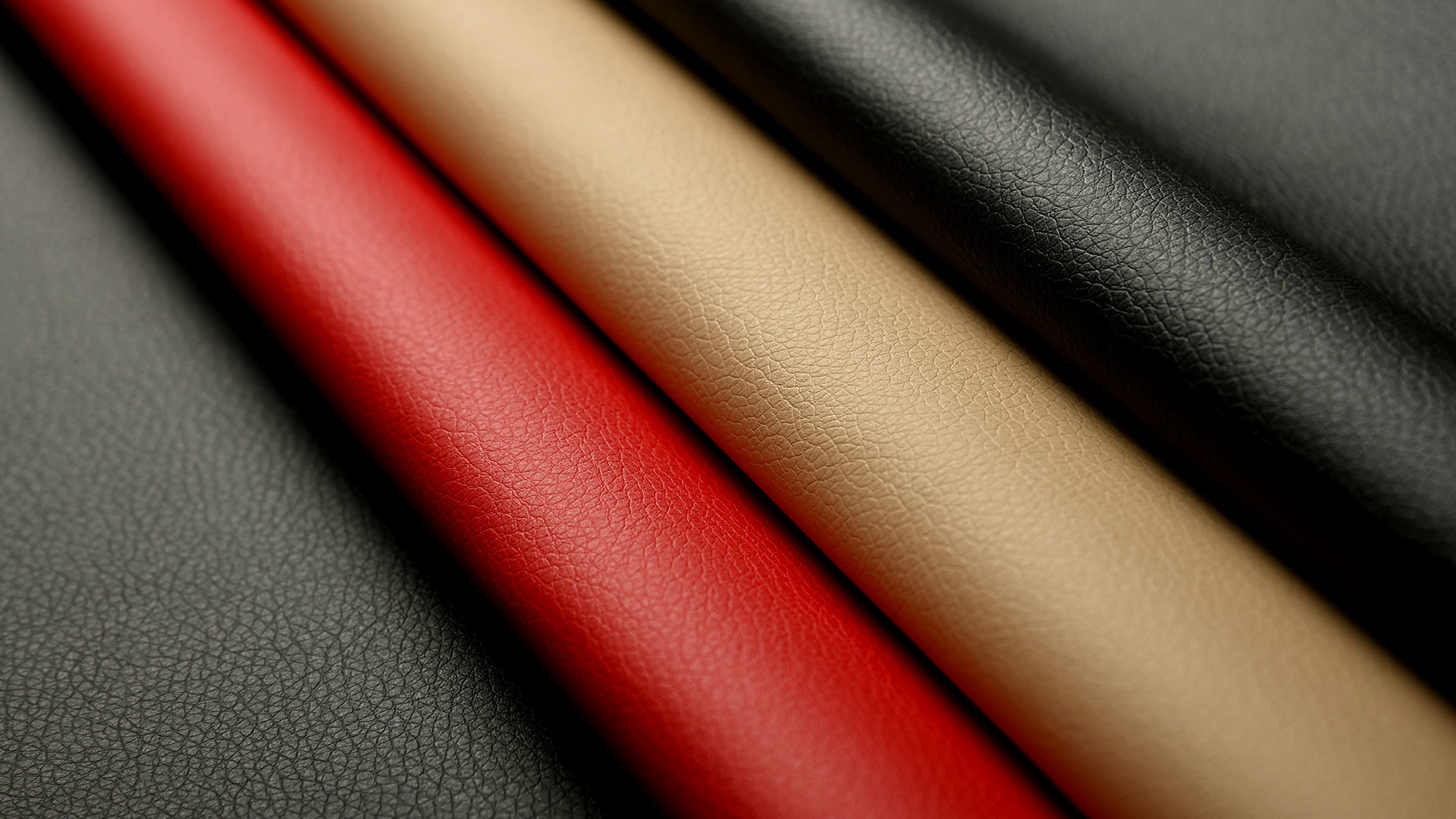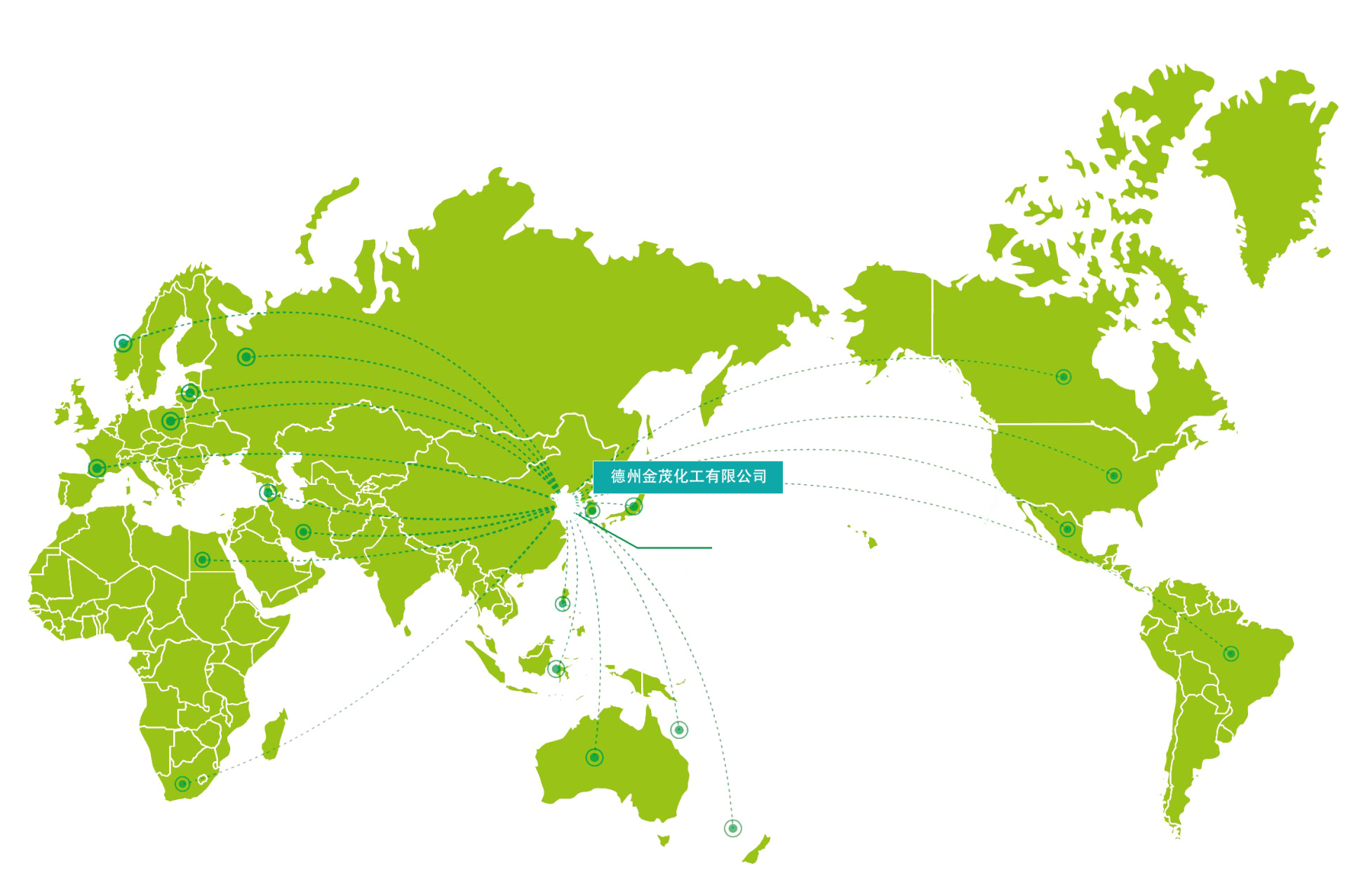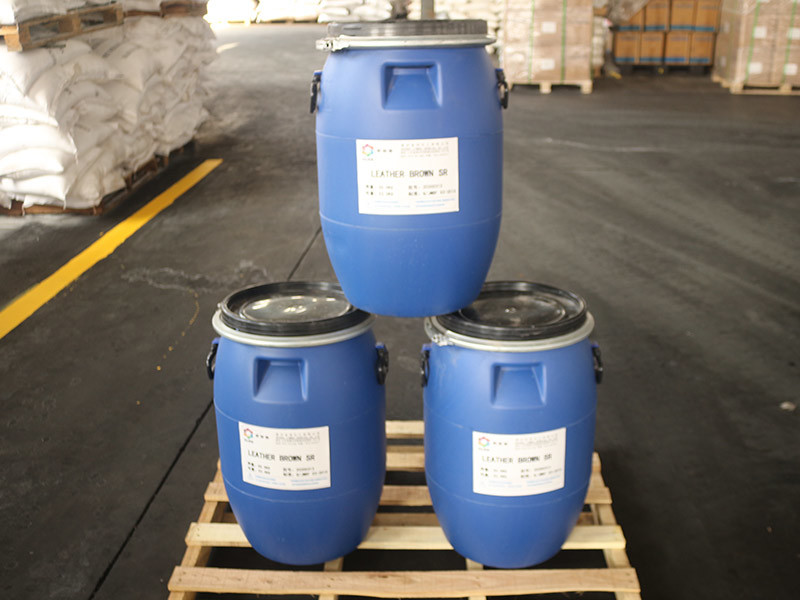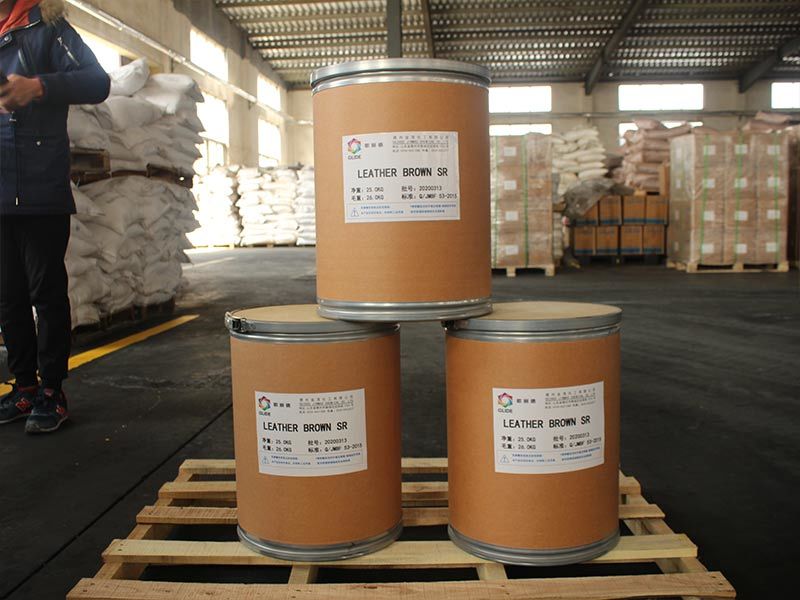Some knowledge points about leather dyes.
Leather dyeThe manufacturer believesDyeing is an important process in the production of light leather. Dyeing can make leather present various bright colors, increasing the variety of colors to suit various uses. Leather dyeing not only requires bright and pure colors but also requires uniform color and high dyeing fastness.
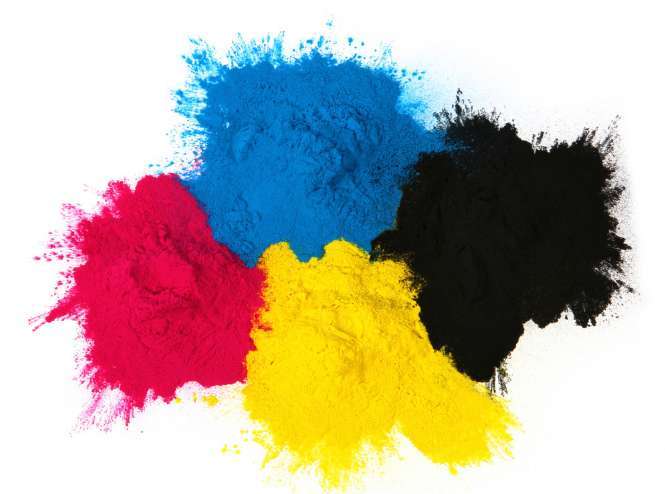
Leather dyeThe manufacturer believesIn modern leather industry, suede leather occupies a certain proportion. Because suede is unfinished, the color of suede must be uniform, with rich colors and pure tones. For top-grain leather, re-dyeing with light coating is a trend, which undoubtedly raises higher requirements for dyeing. The reasonable use of dyeing auxiliaries helps to improve dyeing effects, reduce leather production processes, save dye usage, and lower the color of dyeing wastewater. Leather dyeing auxiliaries can be divided into leveling agents, deepening agents, and fixing agents according to their functions.
Leather dyeThe manufacturer believesDue to the differences in leather parts and the complex physical and chemical processes of dyeing, it is easy to cause uneven coloring of leather. To improve the uniformity of dyeing and the permeability of dye in leather, leveling agents are often added to achieve the purpose of leveling.
Leather dyeThe manufacturer believesLeveling is generally achieved by slowing down the contact between the dye and the leather.(i.e., slow dyeing), or by transferring the dyed dye from the darker parts of the leather to the lighter parts (i.e., transfer dyeing). There are two main types of leveling agents. One type has a strong affinity for collagen fibers, and they first utilize their adsorption to collagen fibers to delay the uptake of dye. For example, the diffusion agent NNO can delay the dyeing rate of anionic dyes. The other type has a certain affinity for dyes, first polymerizing with the dye to delay the interaction between the dye and the leather, such as the Pluronic series surfactants and OP series surfactants, which belong to the class of polyethylene oxide ether surfactants.
Leather dyeThe manufacturer believesDye-affinity leveling agents have a strong affinity for dye molecules. After this leveling agent is added to the dyeing solution, the dye molecules are adsorbed by the leveling agent molecules, making it difficult for the dye molecules to quickly bond with the collagen fibers of the leather, thereby slowing down the dyeing speed and achieving the purpose of leveling. Because this leveling agent has a strong attraction to dye molecules, it also has an adsorption effect on the dye molecules being dyed, which can move the dye molecules from the strong color parts to the lighter color parts, making the dyeing uniform, thus achieving the effect of"transfer dyeing."
Leather dyeThe manufacturer believesDye leveling agents are mainly non-ionic surfactants of polyethylene oxide ether, with two typical representatives being fatty alcohol polyethylene oxide ether and alkyl phenol polyethylene oxide ether, which are formed by the addition polymerization of fatty alcohols and alkyl phenols with ethylene oxide in the presence of alkaline catalysts.
The above is some knowledge about leather dyes, and I hope everyone can study and understand the relevant knowledge carefully.
Latest developments


